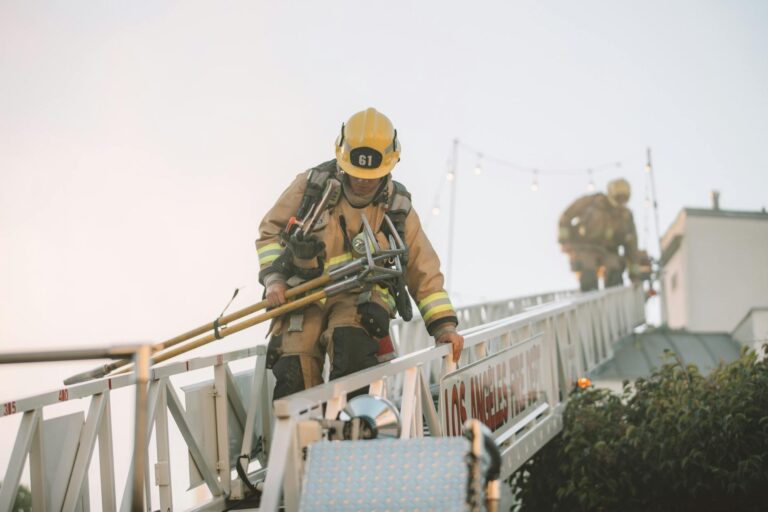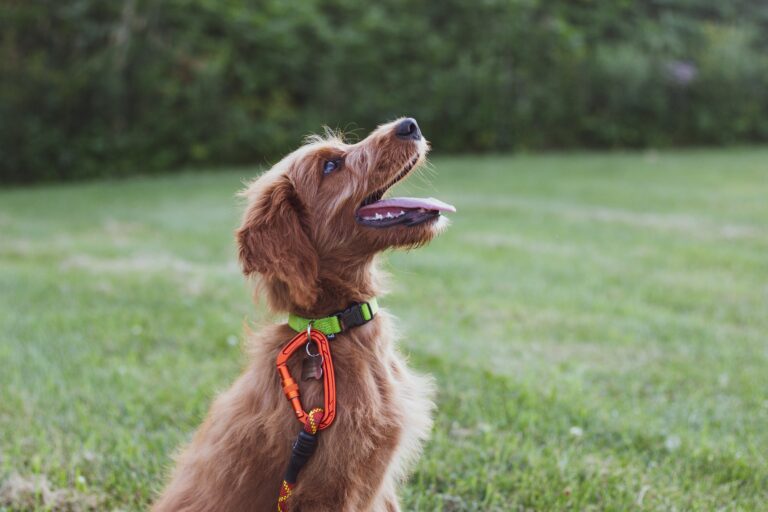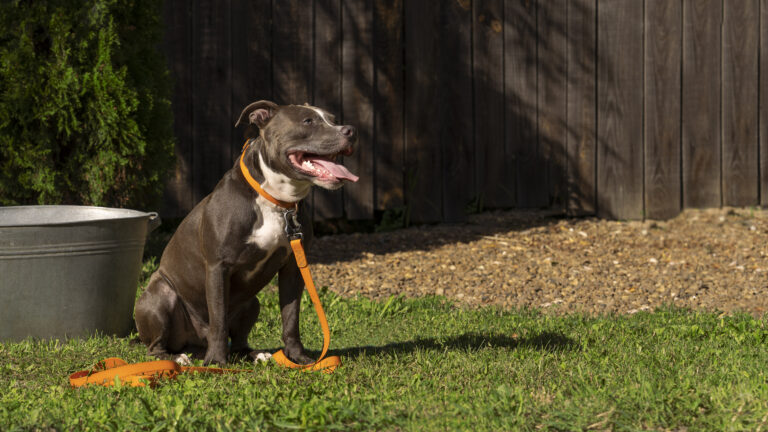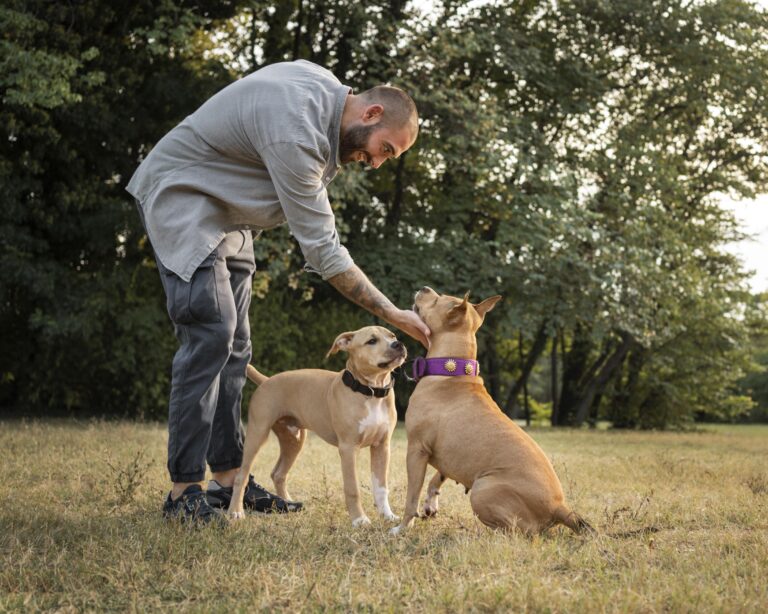Top Tips for Puppy Training Success
Unlock the secrets to puppy training success with these expert-approved tips that will have your pup behaving like a pro!
Table of Contents
Introduction to Puppy Training
Welcome to the exciting world of puppy training! Training your puppy is not just about teaching them to sit or stay; it’s about building a strong bond with your furry friend and helping them become a well-behaved member of your family. In this section, we will explore why puppy training is essential and what you need to get started on this fun and rewarding journey.
Why Train Your Puppy?
Training your puppy is like giving them a superpower – the ability to understand and follow your commands. When your puppy learns basic commands and manners, it makes everyday life easier for both of you. Imagine a world where your puppy sits politely when guests come over or walks calmly by your side during a stroll in the park. Training can help prevent behavior issues and create a harmonious environment in your home, leading to a happier and healthier relationship with your furry companion.
What You’ll Need
Before you begin your puppy training journey, there are a few essential items you’ll need. Treats are like magic wands to motivate your puppy during training sessions. Make sure to have a variety of tasty treats that your puppy loves. A leash and collar are important for teaching your puppy to walk nicely on a leash and follow commands. A clicker can also be a handy tool for marking good behavior and speeding up the learning process. With these tools and lots of patience and love, you’ll be on your way to successful puppy training!
Basic Commands Every Puppy Should Learn
One of the first commands you should teach your puppy is how to sit. To do this, hold a treat above your puppy’s head, then slowly move it back towards their tail. As your puppy follows the treat with their nose, their bottom will naturally lower to the ground. Once they are in a seated position, say “sit” and give them the treat as a reward. Repeat this several times until your puppy understands the command.
Stay
Training your puppy to stay is important for their safety and obedience. Start by having your puppy sit, then hold out your hand with an open palm and say “stay” in a firm but gentle voice. Step back a few paces and wait for a few seconds. If your puppy stays in place, reward them with a treat and praise. Gradually increase the distance and duration of the stay command as your puppy gets better at it.
Come
The “come” command is crucial for calling your puppy back to you, especially in potentially dangerous situations. Begin by getting down to your puppy’s level and calling their name followed by “come.” Encourage them to approach you by patting your knees or clapping your hands. When they come to you, reward them with a treat and lots of praise. Practice the “come” command in different environments to reinforce their response.
Creating a Routine
When it comes to training your puppy, consistency is key. Having a routine helps your furry friend learn faster and makes the training process more effective. Let’s dive into why creating a routine is important and how you can establish one for your puppy.
Setting a Schedule
Just like you have a daily routine, your puppy needs one too. Setting a schedule for training sessions, meals, playtime, and potty breaks helps your puppy know what to expect and when. Consistency in timing helps reinforce good behavior and makes it easier for your puppy to learn new commands.
Consistency is Key
Consistency in your commands and rewards is crucial for successful puppy training. Use the same cues for commands like sit, stay, and come every time you train your puppy. Make sure everyone in your household uses the same commands and rewards to avoid confusion for your furry companion.
Remember to reward your puppy with treats, praise, or playtime when they follow a command correctly. Positive reinforcement encourages good behavior and motivates your puppy to continue learning.
By setting a schedule and being consistent in your training, you’ll help your puppy become a well-behaved and obedient companion. Training takes time and patience, but with a solid routine, you’ll see progress in no time.
Socializing Your Puppy
When you bring a new puppy home, one of the most important things you can do is socialize them. Socializing your puppy means helping them get used to other animals and people so they can grow up to be friendly and well-adjusted dogs. Here are some tips to help you socialize your puppy effectively.
Meeting Other Dogs
It’s essential for your puppy to have positive interactions with other dogs. This helps them learn how to communicate and play appropriately. When introducing your puppy to other dogs, make sure the environment is safe and controlled. Start with calm and friendly dogs and gradually introduce more energetic playmates as your puppy becomes more confident. Always supervise their interactions and step in if things get too rough.
Interacting with People
Just like meeting other dogs, it’s crucial for your puppy to feel comfortable around different people. Encourage your puppy to interact with a variety of individuals, including children, adults, and seniors. Teach them to approach people politely and calmly. Expose them to different environments like parks, busy streets, and outdoor cafes to help them become well-rounded and adaptable companions.
Dealing with Common Puppy Problems
One common issue you may encounter while training your puppy is biting. Puppies explore the world with their mouths, but it’s essential to teach them that biting is not acceptable behavior. When your puppy starts to nip or bite, let out a high-pitched yelp to mimic the sound their siblings would make to signal “too rough.” Immediately stop playtime or interaction to show that biting leads to the end of fun. Redirect their attention to a chew toy or bone to provide a suitable outlet for their chewing instincts.
Chewing
Puppies love to chew, and while it’s natural, it can become a problem when they target your furniture or shoes. To prevent unwanted chewing, make sure to provide plenty of chew toys that are safe for your puppy to gnaw on. If you catch your puppy chewing on something they shouldn’t, calmly redirect them to a proper chew toy. Consistency is key, so reinforce good behavior by praising and rewarding your puppy when they chew on their toys.
Housebreaking
Housebreaking, or potty training, is a crucial aspect of puppy training. Start by establishing a routine for bathroom breaks, including after meals, naps, and playtime. Take your puppy outside to the same spot each time and praise them when they go to the bathroom. If accidents happen indoors, clean up the mess with an enzymatic cleaner to remove the scent and prevent repeat accidents in the same spot. Remember to be patient and consistent with your housebreaking efforts.
Finding Help When You Need It
Training your puppy can be a fun and rewarding experience, but sometimes you may encounter challenges that require professional guidance. If you find yourself in need of extra support, there are resources available to help you and your furry friend succeed.
Local Trainers
One of the best ways to get personalized help with your puppy’s training is to find a local trainer. These professionals have the expertise and experience to address specific issues your puppy may be facing. To find a puppy trainer near you, you can ask for recommendations from your veterinarian, friends, or family members who have had success with a particular trainer. Additionally, you can search online for reviews and ratings of trainers in your area to help you make an informed decision.
Online Resources
If you prefer a more flexible and convenient option, there are numerous online resources and videos available to assist you with puppy training. Websites, blogs, and social media platforms offer a wealth of information on training techniques, behavior modification, and troubleshooting common problems. You can also find step-by-step tutorials and demonstrations from professional trainers that you can follow at your own pace. These online resources can be a valuable supplement to your in-person training sessions or provide guidance when professional help is not readily accessible.
Conclusion
In conclusion, puppy training is an essential part of raising a well-behaved and happy dog. By investing time and effort into teaching your puppy basic commands and manners, you are setting them up for a lifetime of good behavior and positive interactions with others.
Recap of Top Tips
Remember, the key to successful puppy training lies in consistency, patience, and positive reinforcement. Make sure to establish a training routine, socialize your puppy with other animals and people, and address any common puppy problems promptly.
The Joy of a Well-Trained Puppy
Having a well-trained puppy not only makes your life easier but also strengthens the bond between you and your furry friend. The joy of watching your puppy grow into a well-behaved dog who listens to your commands and behaves appropriately in various situations is truly priceless.






